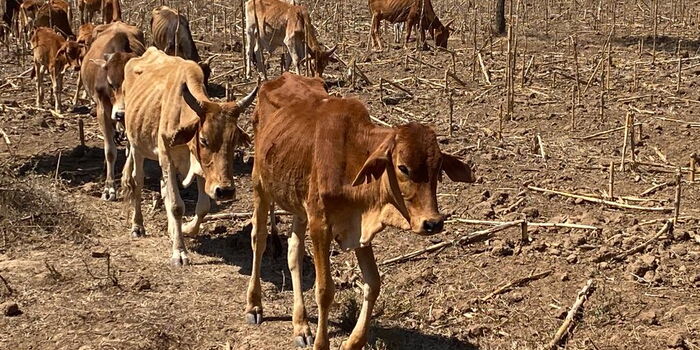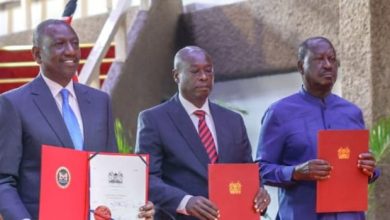Western Kenya to Face Heavy Rains as Rest of Country Dries Up

Kenya is set to face extreme and contrasting weather conditions from October to December, according to the latest forecast by the IGAD Climate Prediction and Applications Centre (ICPAC). While western Kenya braces for heavy rainfall, other regions will struggle with an extended dry spell, raising alarms for the agricultural sector and food security.
IGAD’s report predicts drier-than-normal conditions in eastern Kenya, with temperatures expected to soar. This shift comes at a critical time, as the October to December season typically provides up to 70 per cent of the annual rainfall in parts of the country.
The anticipated dry weather could spell disaster for regions that rely on these rains for crop growth, particularly in the arid and semi-arid areas.
Conversely, the western region of the country, including Kisumu, Kakamega, and other counties bordering Lake Victoria, is expected to experience above-average rainfall. The forecast indicates an 80 per cent likelihood of exceeding 300mm of rainfall, with the region bracing for consecutive days of heavy rain.
A distant view of Nairobi city experiencing sunny weather condition
Photo
Maasai Mara National Park
While this may benefit agriculture, it also heightens the risk of floods and landslides, which could displace communities and damage infrastructure.
This climate outlook comes at a time when the government is grappling with the impact of climate change. Cabinet Secretary for Environment, Climate Change, and Forestry, Aden Duale, has already issued a directive to the Kenya Meteorological Department (KMD), urging them to improve the accuracy of weather forecasts.
Duale emphasised that timely, reliable data is crucial, especially as the country faces growing unpredictability in its climate.
Eastern Kenya, which is expected to endure the worst of the dry conditions, could see an uptick in waterborne diseases and conflicts over dwindling resources.
Water sources are likely to dry up, forcing women and girls to travel long distances for water, heightening their vulnerability to safety risks.
The lack of water and pasture may also lead to livestock diseases, threatening livelihoods in the pastoralist communities of counties such as Garissa and Wajir.
On the other hand, western Kenya’s increased rainfall is not without its challenges. The heavy rains could trigger floods and mudslides, leading to displacement and the destruction of roads and bridges, making market access difficult for farmers.
Livestock in the region may face waterborne diseases, including Rift Valley Fever, anthrax, and other vector-borne illnesses, potentially destabilising the local economy.
To mitigate these risks, IGAD has issued several advisories, urging local governments to review drought contingency plans and mobilise resources for early action. Water harvesting and climate-smart agricultural practices, such as planting drought-resistant crops, have been recommended for the eastern regions.
In the west, authorities are advised to clear drainage systems and prepare for potential infrastructure damage caused by floods.
Deputy President Rigathi Gachagua inspecting cattle at his Mathira farm in Iruri Village on April 22, 2023.
DPPS



